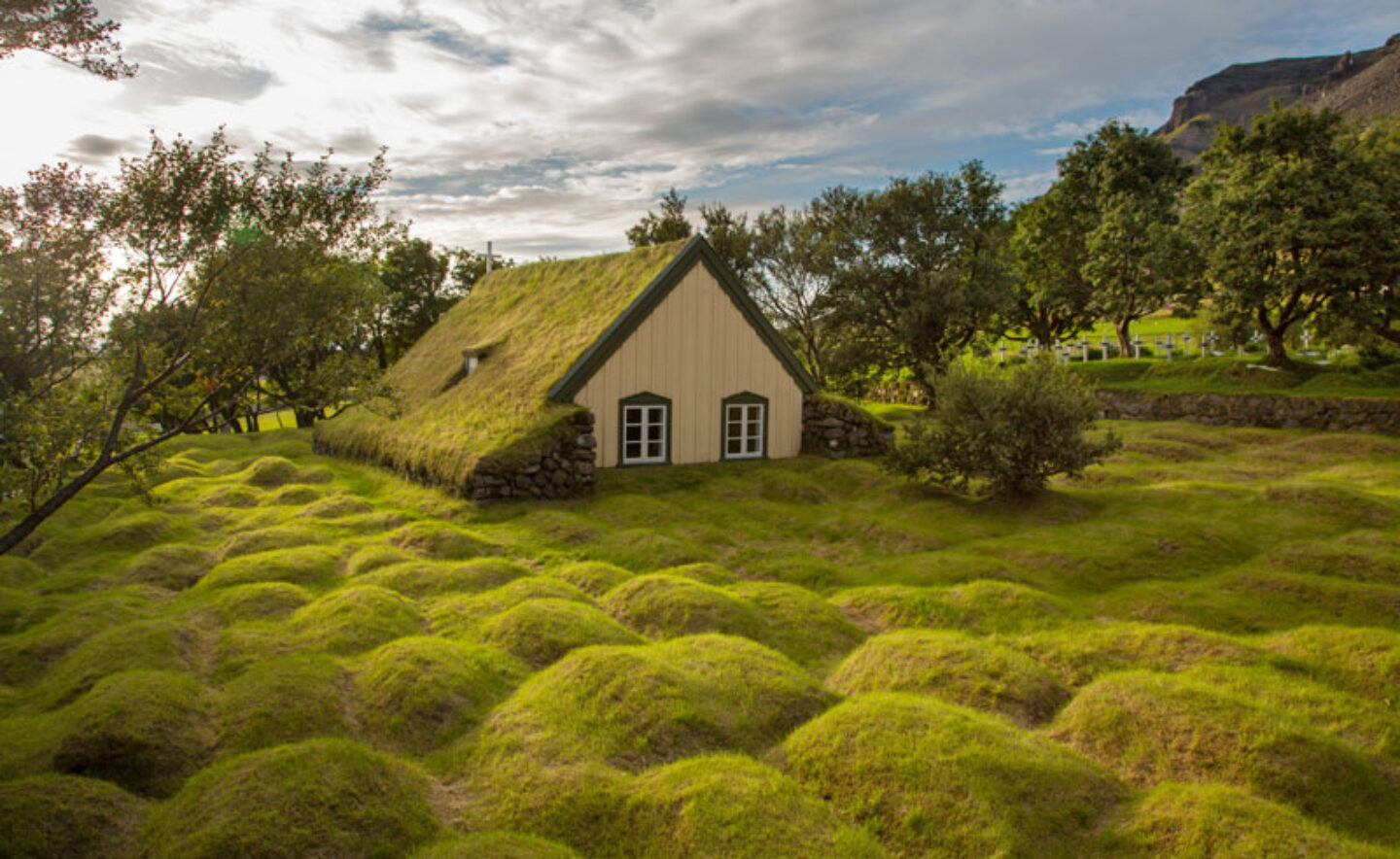
A small nation with a big heart and natural wonders to match. Iceland may only have a population of around 360,000 but it boasts some of the most extraordinary landscapes in Europe as well as a cultural identity like no other. Iceland is truly unique and these unknown facts might explain why it stands out from the rest of the European nations…
Oskar for ‘Húsavík’
The coastal town of Húsavík in the North East has long been known as the ‘whale watching capital of Europe’. But in 2020, it found a different sort of fame featuring in the hit Netflix comedy “Eurovision Song Contest: The Story of Fire Saga” starring Will Ferrell and Rachel McAdams. The main song from the film, ‘Húsavík’, based on the characters home town, has been nominated for an Academy Award® under the best original song category. In true Icelandic fashion the Húsavík community painted the main street red like a red carpet and launched a campaign site www.oskarforhusavik.com. ‘Húsavík’ didn’t win the Oscar® on 26 April 2021, but the dream to build a Eurovision-inspired museum in the town lives on…
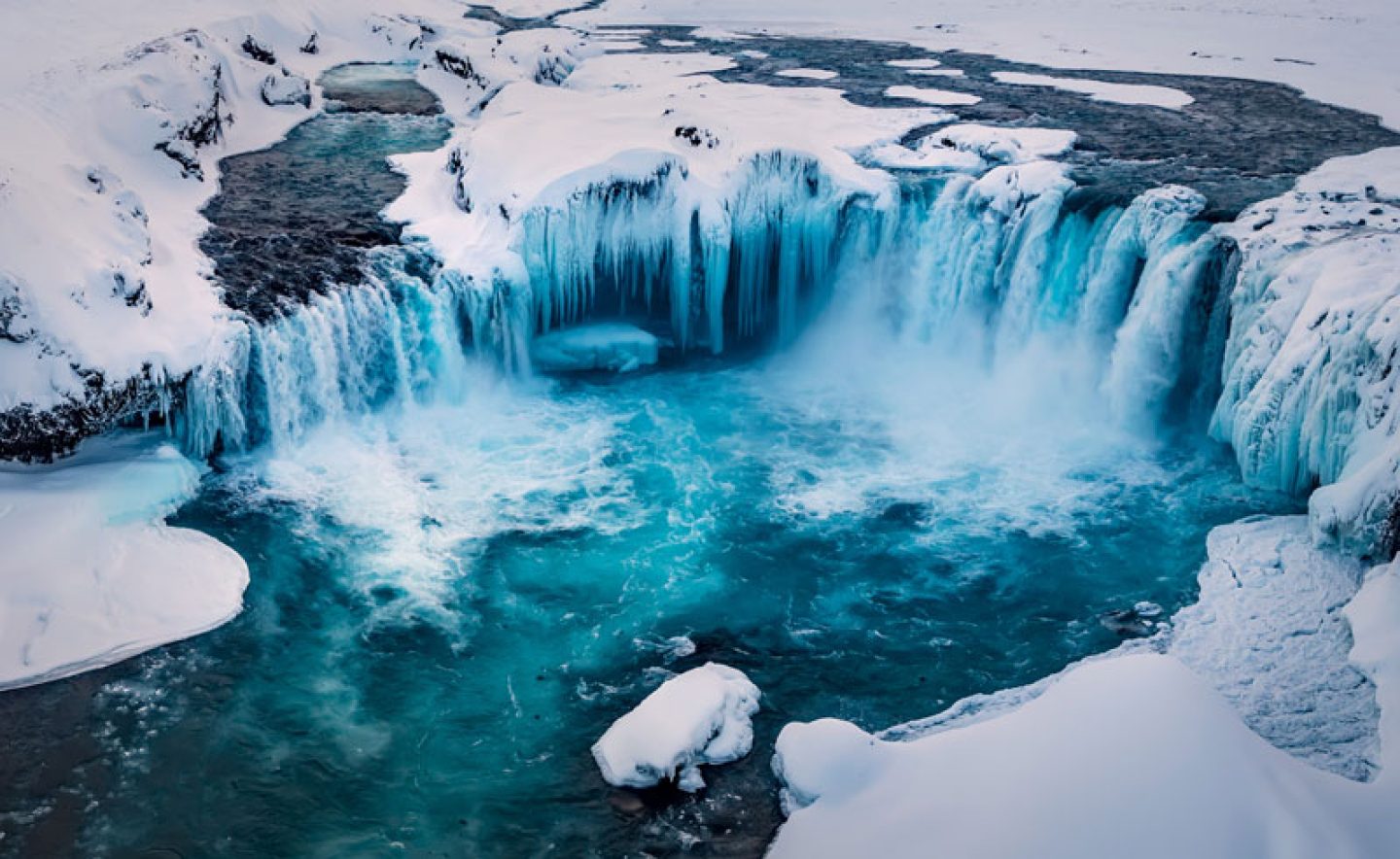
Iceland was originally called ‘Snowland Snealand’
According to the Sagas of Icelanders, a Viking named Naddodur was the first Noreseman to reach Iceland, arriving in the ninth century. He was blown off course westwards from the Faroes, finding a large country with no sign of habitation. In the autumn, he was surprised that it began to snow heavily on the mountains and he returned to the Faroes, naming the island ‘Snowland Snaeland’.
Following Naddoddr, a Swedish Viking named Gardar arrived in A.D 860 and settled briefly in the north at Husavik. Not only did he name the bay where he built a house, but also named the island after himself, ‘Gardarsholmur’.
Not long after, a Norwegian Viking called Floki set sail for Gardarsholmur with his family and livestock and settled in the west of the island. He spent the summer fishing and hunting but forgot to harvest hay for his animals and his attempt at a settlement failed.
The sagas say that a despondent Floki climbed a high mountain and saw a fjord full of drift ice from Greenland. It was this ice and not the island’s icecaps that prompted the disgruntled settler to name it ‘Iceland‘ and talk badly of it back home in Norway. Evidently not everyone believed him as within 50 years around 20,000 people left Norway to live in Iceland – but the name stuck!
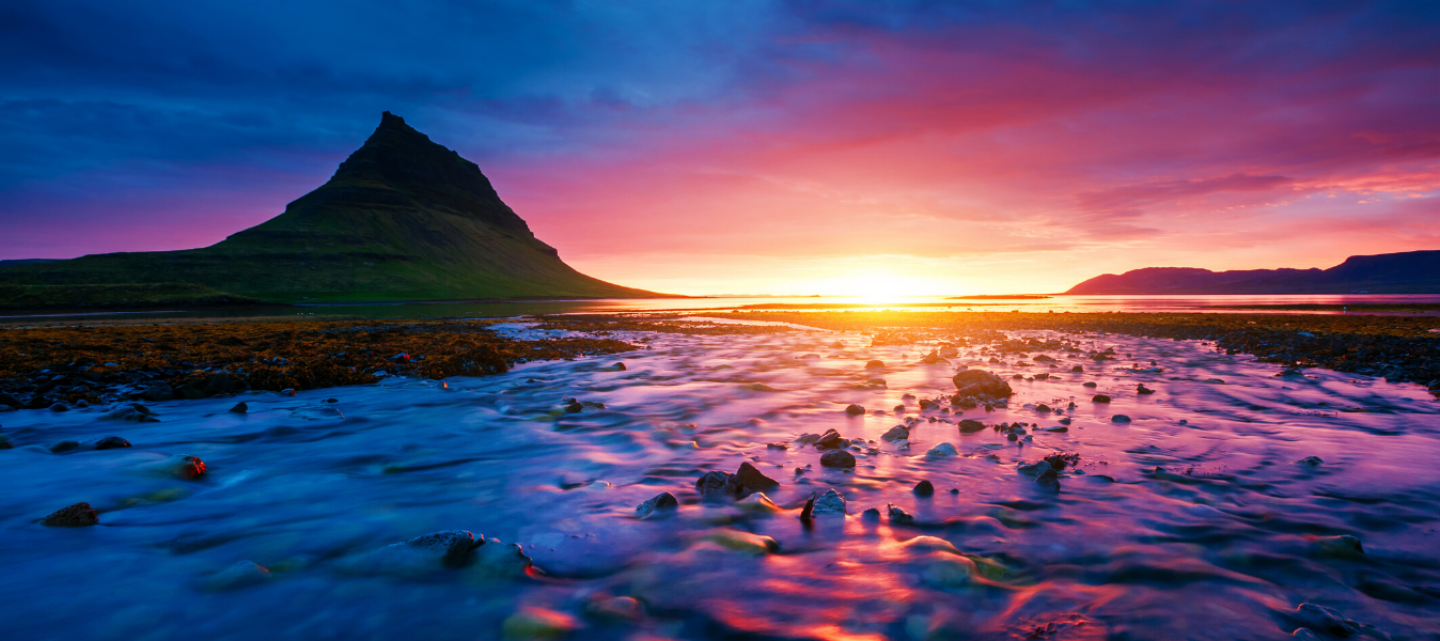
We can learn a lot about happiness from Icelanders
Icelanders are often ranked as the happiest people in the world.
Historically, Icelanders have met adversity full on, confronting natural disasters, famine, isolation and colonial domination. Standing on the island’s surf-lashed shore each morning this nation of fishermen would be faced with the decision; do I go out in my boat today and risk my life at sea or do I stay alive onshore but starve? So what could we learn about happiness from the 360,000 inhabitants of Europe’s least populated nation?
According to studies around the world, it seems the most important contributor to happiness is one’s social relationships. In Iceland, family ties are strong and families, friends and associates rally around to help one another. It is quite easy to be in good contact with your family and friends, as the majority of the population lives within an hour’s drive from Reykjavik.
Iceland is also a very peaceful nation with a high level of trust in society. It is an egalitarian society, without aristocracy or underclass, largely free of stigma and low on prejudice, where everyone is on first name terms and the crime rate is the lowest in Europe.
There is also an underlying optimism in Icelandic people, as they find it easy and acceptable to try out different things, and not feel like they are stuck on one particular path.
They have not had a standing army since 1869
As well as often being ranked the happiest country in the world, Iceland is also recognised as one of the world’s most peaceful countries.
Iceland generates 99% of its energy from renewable resources
Iceland are pioneers when it comes to harnessing natural sources and using renewable energy.
Iceland has an abundance of clean, renewable energy thanks to its remarkable geography and geology that provides both hydro- and geothermal resources. They are world leaders and true pioneers when it comes to sustainable energy production. Almost all electricity is provided by hydro-power plants (73%) or geothermal energy (26%). 90% of Icelandic households are also heated with geothermal water.
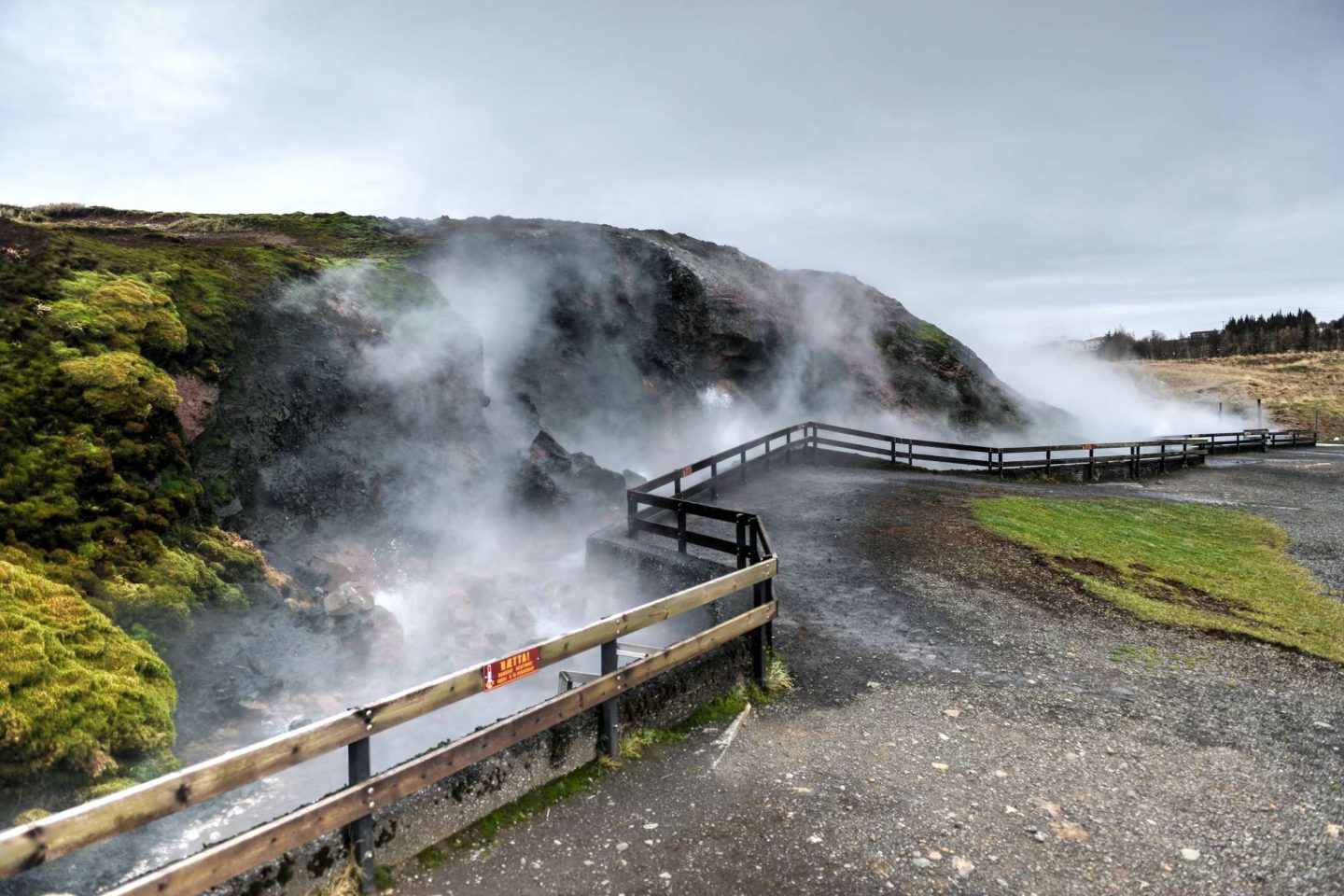
Icelanders don’t have hereditary last names
In Iceland, last names don’t get passed down through generations as is common in many cultures, instead they use the system of patronyms. Icelandic last names are a combination of each person’s father’s name, preceding -son or -dottir (daughter).
For example if Magnus Karlsson has two children, they would be called Halldor Magnusson (son of Magnus) and Sigrun Magnusdottir (daughter of Magnus). If Halldor were to father a son, he would be named Eirikur Halldorsson. This effectively means that there could be several different second names in the same family.
Not having surnames means that titles are not used either, which creates an informal atmosphere in the workplace and at school.
Icelanders are also listed alphabetically in the phone book, but by first name. When you meet someone you’ll be introduced on first name terms. If you want to know more, then you should ask “Whose son (or daughter) are you?”
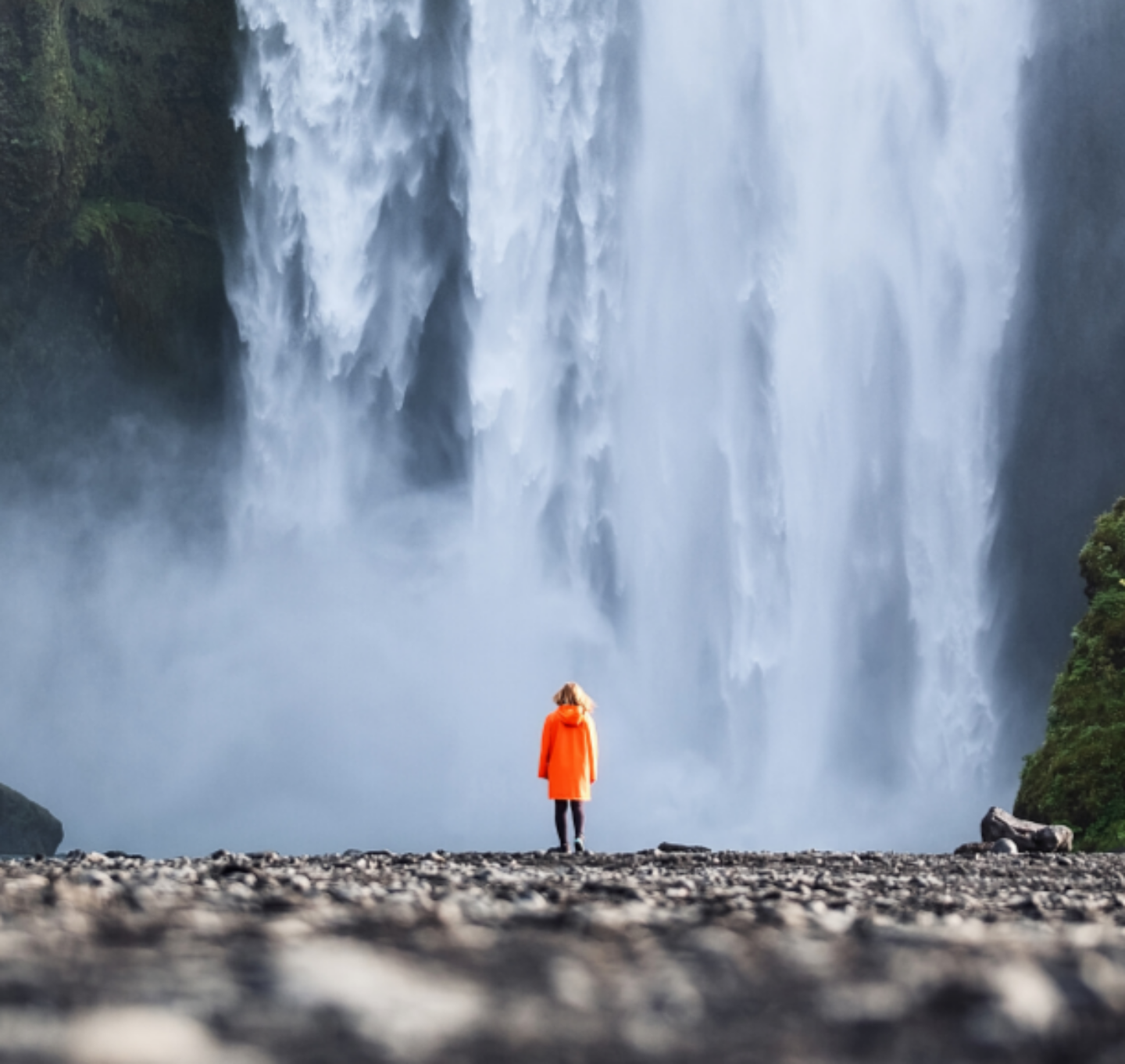
Their language has hardly changed in 800 years
Icelandic may not be the most useful language on earth but it’s remarkable in that it has hardly changed in 800 years. It’s an agglutinative language – which means that words are often composed of several smaller words and can get rather unwieldy and long. So a radio producer is utvarpsdagskragerdamadur or a ‘radio day list making person’!
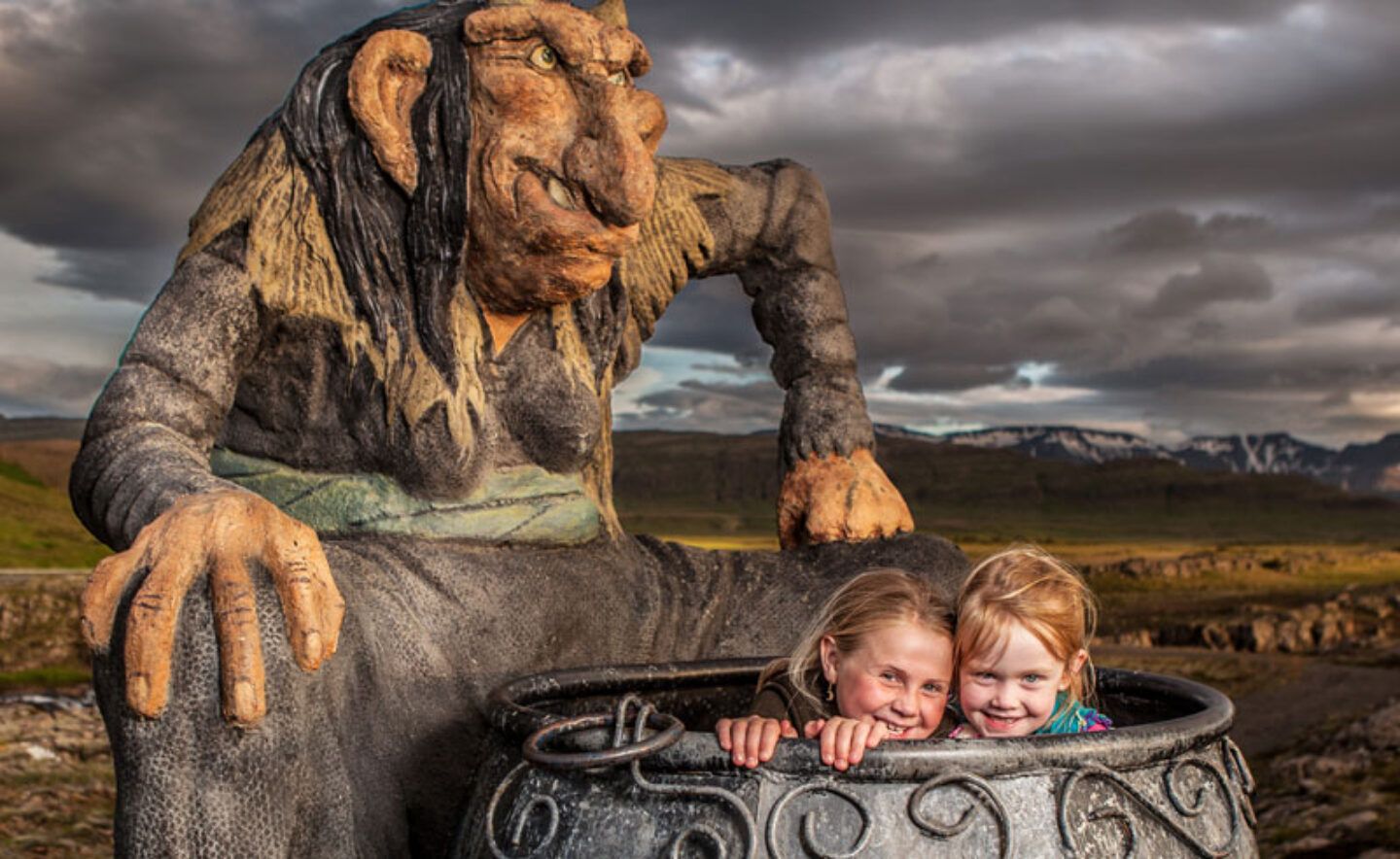
Icelanders believe in Elves and Trolls
Iceland has an unusually rich folklore and thanks to 19th century scholars Jon Arnason and Magnus Grimsson, we know quite a lot about it. They visited every farm on the island, collecting enough short stories to fill six volumes, each numbering around 600 pages! A large number of these stories are anecdotes about elves and trolls.
In Iceland the elves are also known as the ‘Hidden People’, or ‘Huldufolk’ and they look just like us but live in a world parallel to ours, choosing to remain invisible to our eyes – most of the time! All around the island are rocks, cliffs and hillocks, which are known elf sites, and where not even the Public Roads Authority would dare to bulldoze in case they disturb them. Many folktales tell of humans abducted by the elves, never to reappear, except in dreams, so there’s good reason for it!
In contrast, trolls are giant cave-dwelling beings with a vicious temper and an appetite for human flesh. As most of them can’t tolerate exposure to the sun (they get turned to stone), there’s little chance of running into them during daylight hours but they are the perfect excuse for getting children to go to bed!
The most famous trolls in Iceland are the Jolasveinar, Iceland’s own brand of Santa Claus. The thirteen Christmas Lads are the sons of the troll-wife Gryla and her husband Leppaludi. There’s no end to their mischief as each in turn comes down from the mountains on the thirteen days before Christmas for a spree of door-slamming, spoon-licking, sausage-stealing and peeping through windows. Children leave a sock on the window-ledge – the well-behaved hoping for a gift.
In the old days a lump of coal would suffice, but today they’re a bit more demanding! Most will toe the line, just to avoid the troll family pet, the Christmas Cat, a creature infinitely more terrifying than its owners.
But where did they come from? The elves, according to one anecdote, go back to Genesis. Following Creation, God came to visit Adam and Eve. They’d not had time to get all their children ready for his visit. Those who were not washed and dressed in time were hidden away. When God found them he was angry and declared that “Henceforth all that is hidden from my eyes shall also be hidden from mankind’s eyes”, so Iceland’s elves are the descendants of these hidden children of Adam and Eve.
Another known version is: Trolls, like elves, were most likely conjured up to explain in a more acceptable way the harsh reality of living in Iceland – that people used to simply disappear without trace, an unavoidable hazard of an existence at the edge of the habitable world. Instilling fear into people who had little defence against natural disasters and inclement weather was a way of controlling their behaviour and ultimately helping them survive.
Consider a guided hiking holiday exploring this stunning area of rugged trails, epic fjords and sweeping coastlines in the company of an expert guide who’ll offer insight into local folk tales and traditions.
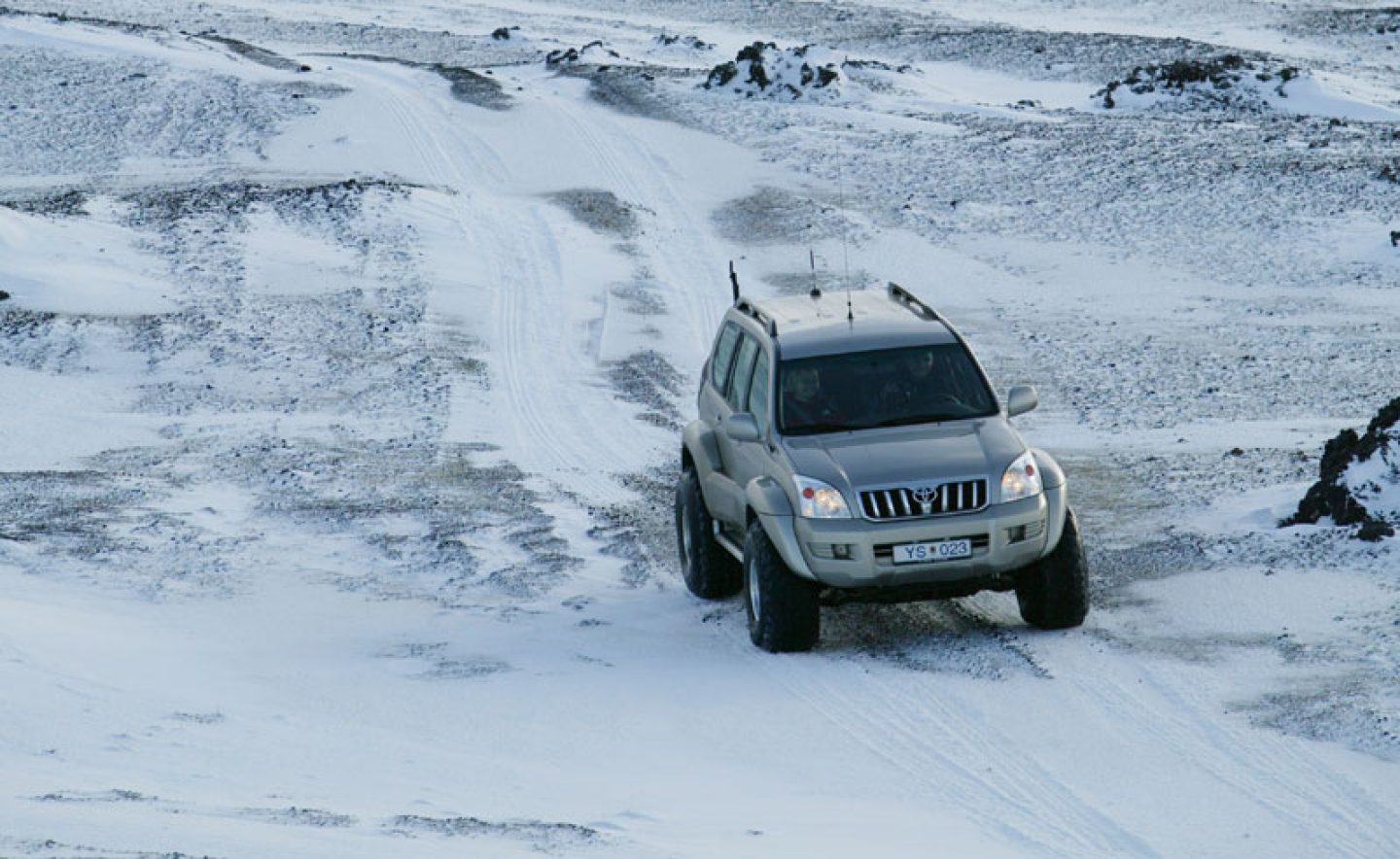
Tourists coined the name Superjeep
Icelanders don’t actually have a word for superjeep. A jeep is simply a jeep – jeppi in Icelandic. The term ‘superjeep’ was coined by visitors, who were wowed by what they witnessed Icelanders do to their vehicles to make them go through rivers, up impossibly steep gradients and even travel over glaciers.
What do they do? They take a car, raise the body from the chassis, adapt or replace the suspension, drive train, gear ratios, putting in stronger parts. Then modify the body to fit its new inner workings and finally deck it with 44in tyres and all the latest Sat Nav gadgetry. Because of the costs involved, most Icelanders elect to do the work themselves but there are companies like Arctic Trucks that will do it for you. A project like this can take years and becomes something of an obsession, but a worthy one! There’s not much that will defeat one of these monster jeeps but in Iceland there are rules about what you can and can’t do.
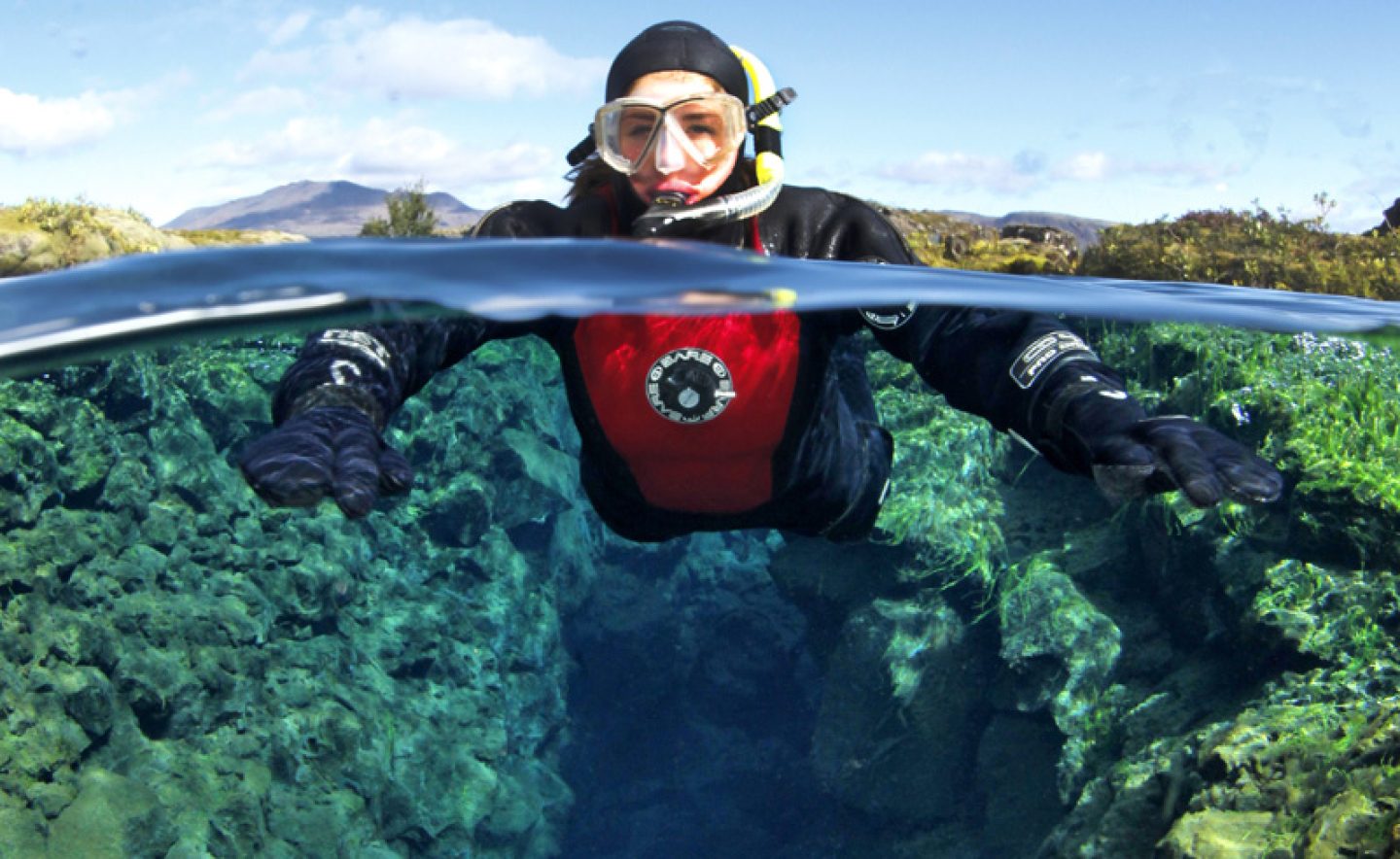
You can snorkel between two tectonic plates
Silfra is the only place in the world where you can dive or snorkel directly in a crack between two tectonic plates. It is basically a deep crack between the North American and Eurasian continents which was caused by the earthquakes of 1789. The Silfra fissure is filled with glacial water from the nearby Langjökull glacier, making the water exceptionally clear.
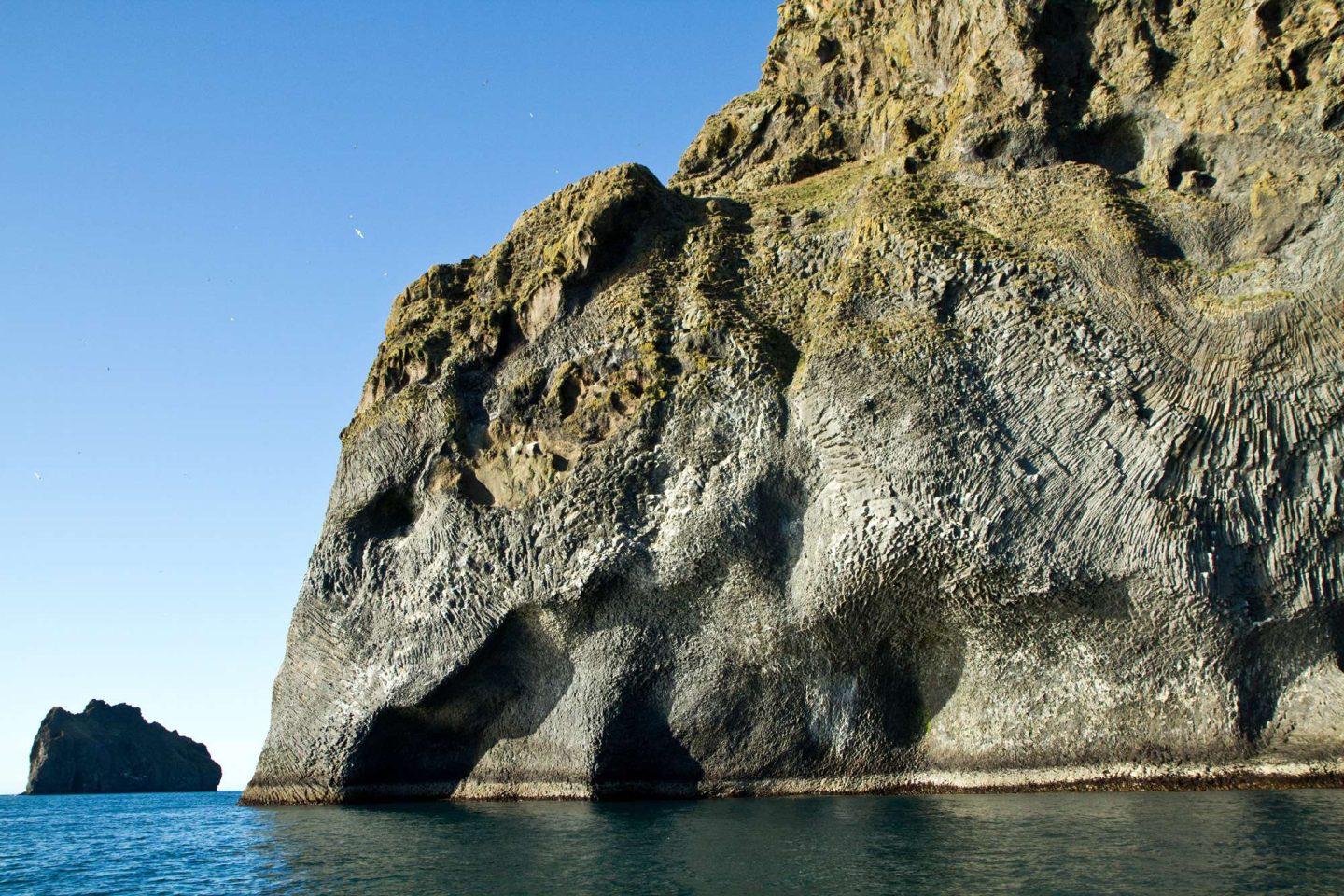
They have a rock shaped like an elephant
The Elephant Rock is a naturally erupted sculpture located off the south coast of Iceland. The fascinating rock formation resembles the head of a giant elephant with it’s trunk submerged underwater, whilst the basalt rock gives it a unique wrinkled skin texture.
A hand drawn map is enough for a letter to reach its destination
In 2016, the news of a letter with no address arriving at a far-flung corner of Iceland went viral on social media.
The letter was mailed by a tourist who had stay on a farm in the city of Búðardalur, but couldn’t remember the address. The sender identified the intended destination with a hand drawn map with descriptions of the family who resides there and indications of roads. It successfully made it to the right recipient thanks to the country’s canny postal service.
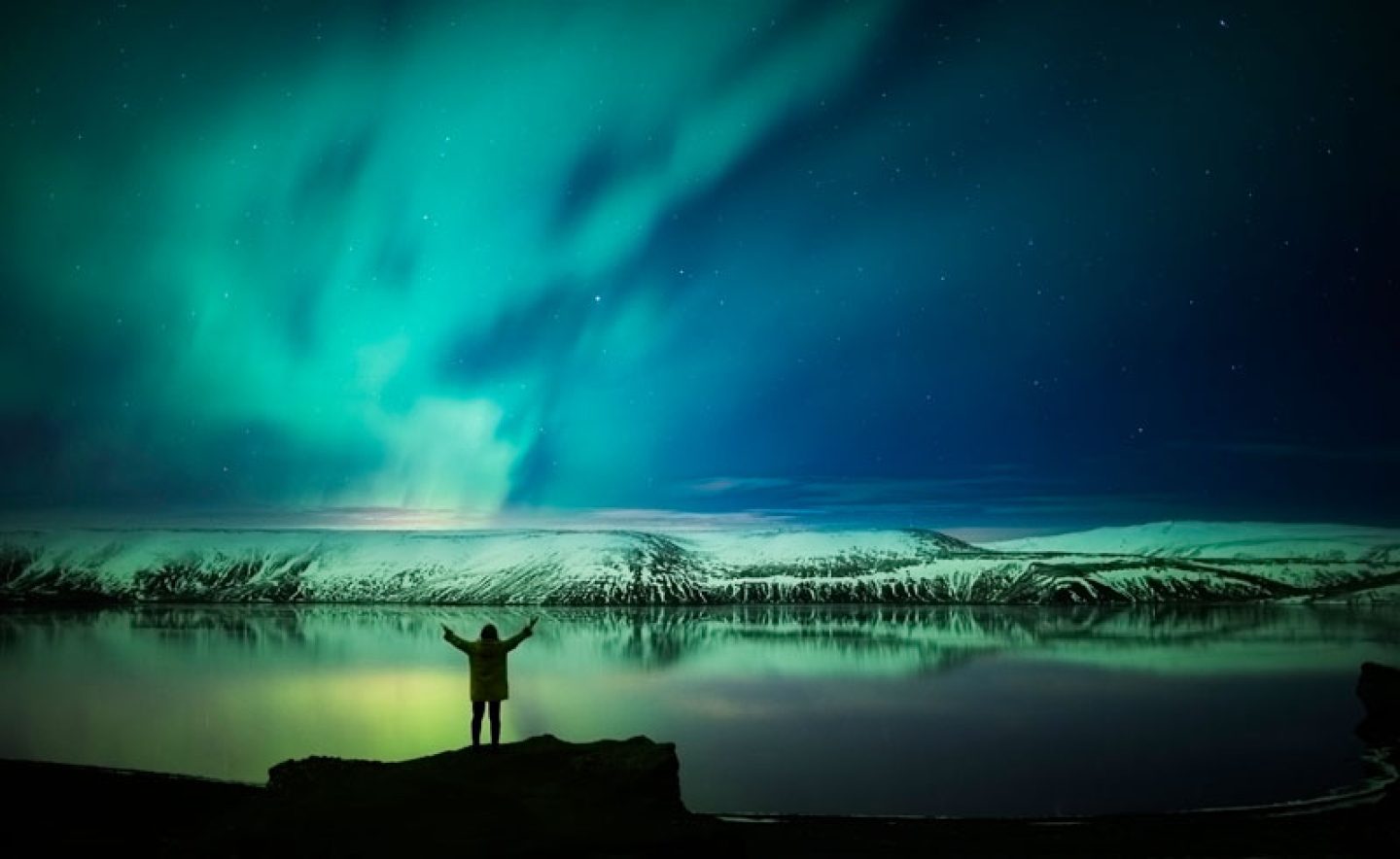
They tried to sell the northern lights
At Discover the World we’ve pioneered a few unusual and amazing experiences in the ‘land of fire and ice’ but when it comes to selling northern lights, we discovered we were not the first!
Icelandic poet and lawyer Einar Benediktsson (1864-1940) was editor of Iceland’s first daily newspaper and a visionary entrepreneur who put up the northern lights for sale.
An advocate of the need for foreign investment to utilize the island’s natural resources, he spent years touring Europe to raise capital for this and other ventures. Arriving in London, he found a buyer for the northern lights but clearly the deal fell through as the auroras are still there for us to enjoy!
Feeling Inspired?
View our range of Iceland holidays from fly drives to small-group escorted trips, hiking adventures to northern lights escapes.
Or read more interesting facts on some of our other destinations: Canada, Svalbard, Antarctica.

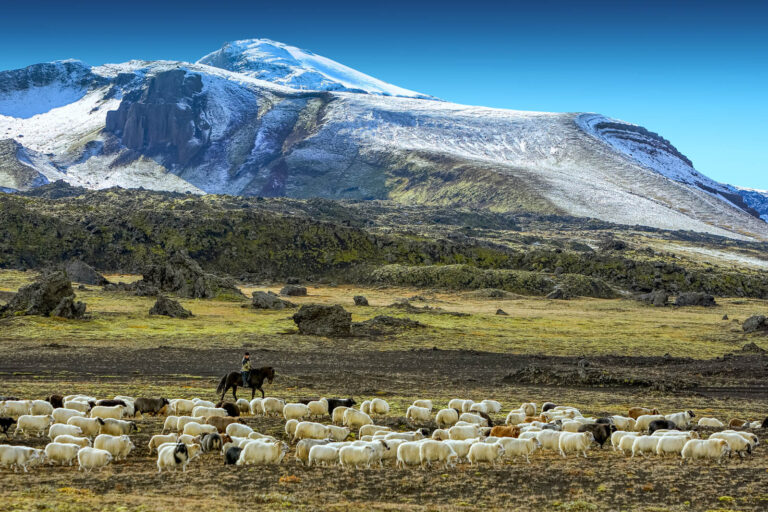
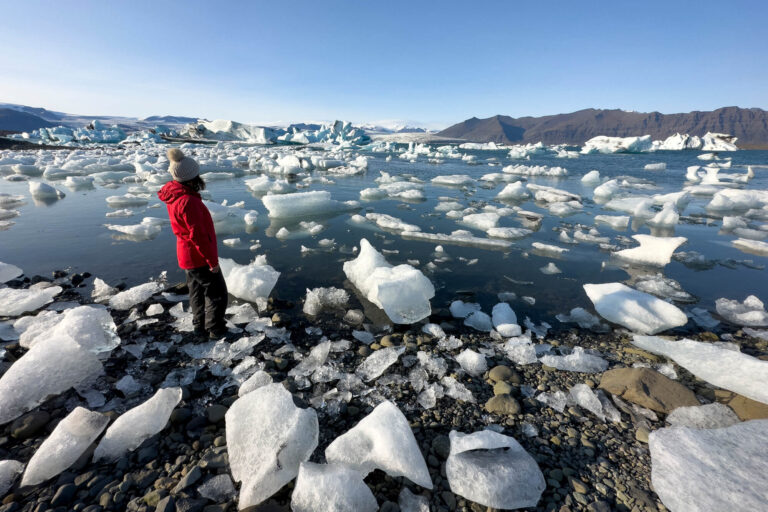



 Instagram
Instagram
 Facebook
Facebook
 YouTube
YouTube